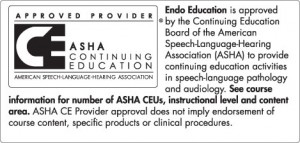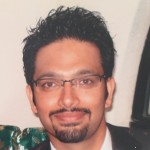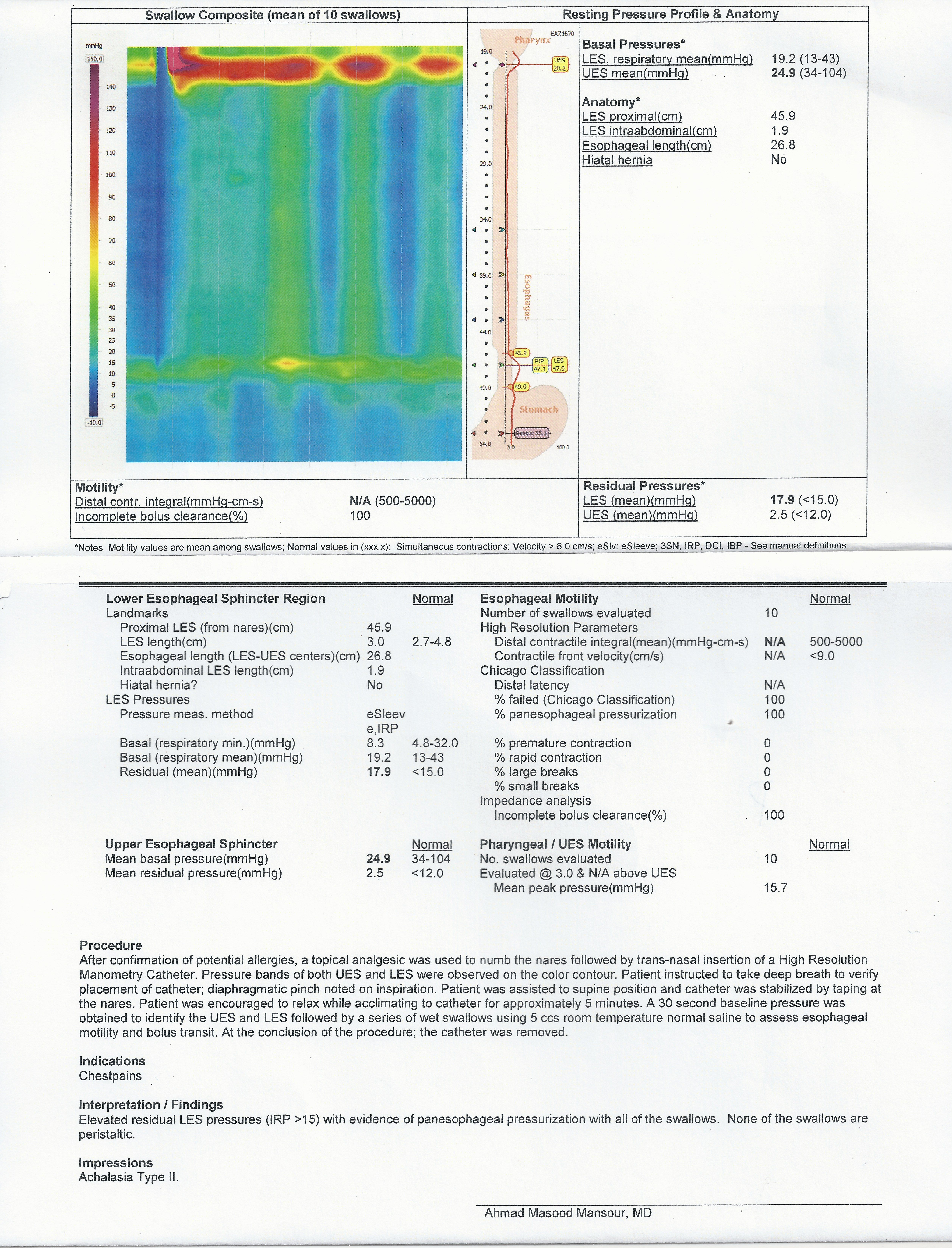Stress. Anxiety. They are arguably two of the strongest negative experiences that we encounter personally and professionally. Sadly, we are often left helpless to mitigate the profound deleterious imprint of these emotions if they arise with frequency or become chronic. Stress and anxiety are often viewed as intangible emotions, disconnected from our physical state of being. Yet many report “stress” headaches or “anxious” stomachs. Consider that sharp twinge in your shoulders or neck every time your workload is on the brink of being unmanageable. Cohen, Kessler and Underwood (1995) define stress as “A process in which environmental demands tax or exceed the adaptive capacity of an organism, resulting in psychological and biological changes that may place persons at risk for disease.” The autonomic nervous system (ANS) is the thoroughfare responsible for filtering, processing, reacting to and recovering from stress. It contains two sub-components, the sympathetic nervous system (SNS) and parasympathetic nervous system (PNS). The SNS is traditionally referred to as the “fight or flight” stimulator. It triggers production of adrenaline and speeds up heart rate, allowing our bodies to rapidly react to acute, high stress situations. The PNS, or “rest and digest” system, helps restores a state of calm by reducing heart rate and stimulating our digestive system. A well regulated ANS maintains strong balance of SNS and PNS activity. When our systems are taxed by excess and prolonged stress, this balance is disrupted. Multiple publications have highlighted the negative impact of elevated SNS activity on GI, Cardiovascular and cognitive integrity. (Lucini et al, 2005)
As speech pathologists, we commonly encounter stress as a persistent triggering mechanism of many common pathologies such as cough, laryngospasm, muscle tension dysphonia and dysphagia. Yet, other than promoting insight and awareness of the correlation, clinicians historically have limited options to formally counteract stress reactivity. Various publications explore this relationship of stress and voice and swallowing ailments. Kim et al investigated the impact of diagnosed anxiety and depression prior to onset of head and neck cancer treatment. They found that individuals with these emotional disorders had significantly lower serum albumin levels, poorer pre-treatment quality of life scores and, astoundingly, reduction in 3-year disease free survival rates. Magnuson et al found prolonged reliance of PEG tubes and latency in return to baseline diet textures for post-chemoradiation patients. Stress and anxiety were reported as contributing factors to these lingering symptoms.
Dysphonia has strong roots in stress as well. Freidl (1990) reported significant correlation of etio-pathogenesis in functional voice disorders with stress and anxiety. Dietrich (2009) explored the relationships of stress, personality and hyperfunctional voice disorders. Results indicated that individuals with introverted personalities had a propensity for increased infrahyoid extralaryngeal muscle activity. They perceived greater vocal effort during speech, and this intensified with stress.
Clearly, stress and anxiety affect the disorders we treat. So how does heart rate variability biofeedback (HRVB) fit in as a therapeutic modality? To answer this question, one must re-examine the relationship that exists among the vagus nerve, stress reactivity and organ function. The central autonomic nervous system is a functional and structural network that integrates cognitive and affective processing with peripheral end organ activity. Prefrontal, limbic and brain stem regions communicate via the vagus nerve to tonically inhibit sympathetic innervation at rest and recover from stressors. Relentless exposure to stress, paired with high stress reactivity, may promote systemic vagal denervation and reduced vagal tone. The result can resemble a car that uncontrollably accelerates without an effective brake pedal. One may hypothesize that this phenomena, in concert with specific personality profiles, may predispose individuals for voice and swallowing disorders due to heightened levels of muscle tension and generalized hyper-responsiveness.
HRVB is evolving as a complementary modality in treatment of various ailments including depression, pain management and cardiovascular health. (Lehrer et al 2014). HRVB incorporates slow paced breathing with the primary end goal of stimulating maximum parasympathetic nervous system activity. The underlying mechanism lies in cardiorespiratory feedback training that supports and stimulates homeostasis in the baroreceptor (Vaschillo et al.,2002). This assists in recalibration of our autonomic system that allows for greater resilience in managing and processing stress. While the direct impact of HRVB in the management of voice and swallowing disorders lies in its infancy, the promise of improved stress tolerance for enhanced symptom management is enticing.
HRVB assessment requires specialized equipment that measures parameters of respiration, cardiac activity, temperature and skin condensation. It is completely non-invasive and can be easily incorporated within the formal speech pathology assessment period. Specialized protocols allow the clinician to identify the ideal respiratory and cardiac profile that maximizes PNS activity. This pattern is then habituated through a home exercise regimen that is performed daily via a mobile device application. Specialized training in HRVB assessment techniques is required in order to generate clinical proficiency. This process is minimally cumbersome. Behavioral response to HRVB includes a generalized sensation of calmness which allows clinicians to target desired outcomes, including cough suppression, breathing comfort, readiness for challenging dietary textures and vocal clarity.
Integration of HRVB into our clinical practice was serendipitous. The technique was introduced to us by a patient, a physician, seeking non-invasive and non-pharmacological resolution of his esophageal dysmotility and dysphonia. He was so impressed by his outcome, he felt compelled to share this therapeutic modality. We sought training from our psychology colleagues and began infusing HRVB into our practice. Our referring physicians were intrigued by this adjunctive therapy and suggested a retrospective analysis of HRVB clinical efficacy for hyperfunctional larynges. Symptoms were treated with HRVB as a complimentary measure to standard treatment. On average, patients underwent 2.9 sessions of skilled treatment prior to discharge. The majority of patients demonstrated elevated sympathetic nervous system activity during the baseline HRVB assessment. Patients demonstrated approximately 82% improvement in their systems as measures by behavioral assessments and tangible measures of cough activity. Participants also noted improvements in quality of life and psychological symptoms, such as stress and anxiety. These findings reflect significant improvements as compared to traditional treatment methods.
While the exact mechanisms of symptom improvement are not extractable from this early study, we hypothesized that HRVB restored ANS regulation and reestablished inefficient breathing patterns that may accompany laryngeal hyper-responsiveness. The technique also provided several patients with valuable insight into the relationship between cough behavior and psychological factors. Our clinical practice is currently performing two prospective studies exploring the utility of HRVB as a lone and/or complementary therapeutic modality in the management of chronic cough, dysphagia and generalized distress associated with head and neck cancer. Our goal is to further substantiate the role of stress reactivity and autonomic dysregulation in both dysphagia and dysphonia by objectively quantifying clinical improvement achieved through daily HRVB performance.
Psychological stress will invariably plague our patients’ daily lives. And we are unable to change personality traits lending to stress vulnerability. Providing patients the ability to override these factors with tangible parasympathetic “exercise” is a viable adjunctive method to reduce symptoms and improve quality of life.
Cohen, S., Kessler, R. C., & Underwood Gordon, L. (Eds.) (1995). Measuring stress: A guide for health and social scientist. New York: Oxford
Dietrich, Maria (2009) The effects of stress reactivity on extralaryngeal muscle tension in vocally normal participants as a function of personality. Doctoral Dissertation, University of Pittsburgh.
Freidl W1, Friedrich G, Egger J. (1990). Personality and coping with stress in patients suffering from functional dysphonia. (Article in German). Folia Phoniatr (Basel). 42(3):144-9.
Gevirtz, R. (2013). The Promise of Heart Rate Variability Biofeedback: Evidence-Based Applications. Biofeedback, 41(3), 110-120.
Lehrer, P. M., Vaschillo, E., Vaschillo, B., Lu, S., Scardella, A., Siddique, M., & Habib, R. H. (2004). Biofeedback Treatment for Asthma. Chest, 126(2), 352-361.
Lehrer, P., Vaschillo, E., Lu, S., Eckberg, D., Vaschillo, B., Scardella, A., & Habib, R. (2006). Heart Rate Variability Biofeedback. Chest, 129(2), 278-284.
Lupien, SJ., McEwen, BS., Gunnar, MR., Heim, C., (2009) The effects of stress throughout the lifespan on the brain, behavious and cognition. Nat Rev Neurosci. 434-45.

 Presenter: Masood Mansour, MD, GastroenterologistCoastal Gastroenterology & Scripps Center for Voice, Swallowing and MotilityDr. Mansour graduated from UCLA David Geffen School of Medicine in 2007. Upon completion of Internal Medicine and Gastroenterology residencies at Scripps Clinic, he developed interests in esophageal manometry and pH testing. In 2014, he joined Scripps Center for Voice, Swallowing & Motility where he conducts a weekly multidisciplinary clinic with speech-language pathologists. Cases seen at the clinic include reflux, irritable larynx, pharyngeal and esophageal dysphagia, cough, achalasia and esophageal spasms. Dr. Mansour performs e
Presenter: Masood Mansour, MD, GastroenterologistCoastal Gastroenterology & Scripps Center for Voice, Swallowing and MotilityDr. Mansour graduated from UCLA David Geffen School of Medicine in 2007. Upon completion of Internal Medicine and Gastroenterology residencies at Scripps Clinic, he developed interests in esophageal manometry and pH testing. In 2014, he joined Scripps Center for Voice, Swallowing & Motility where he conducts a weekly multidisciplinary clinic with speech-language pathologists. Cases seen at the clinic include reflux, irritable larynx, pharyngeal and esophageal dysphagia, cough, achalasia and esophageal spasms. Dr. Mansour performs e
